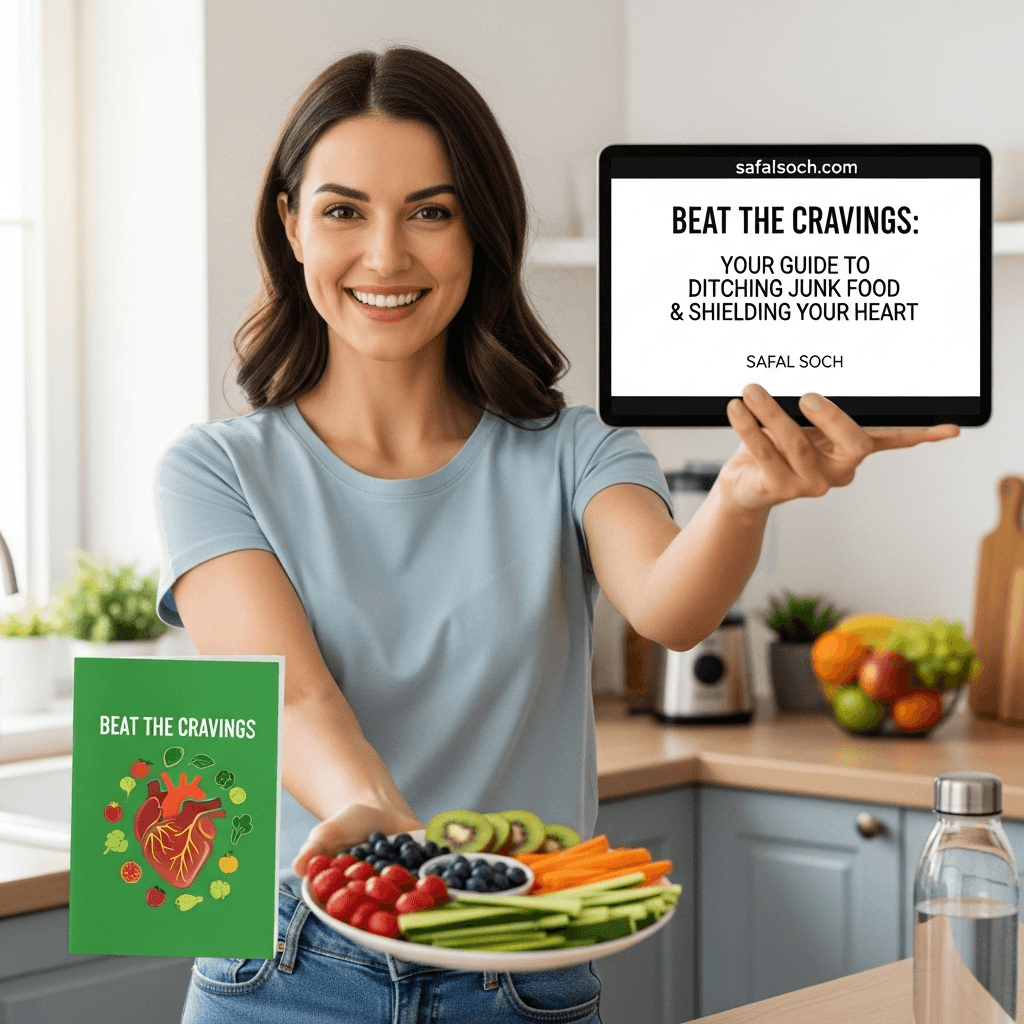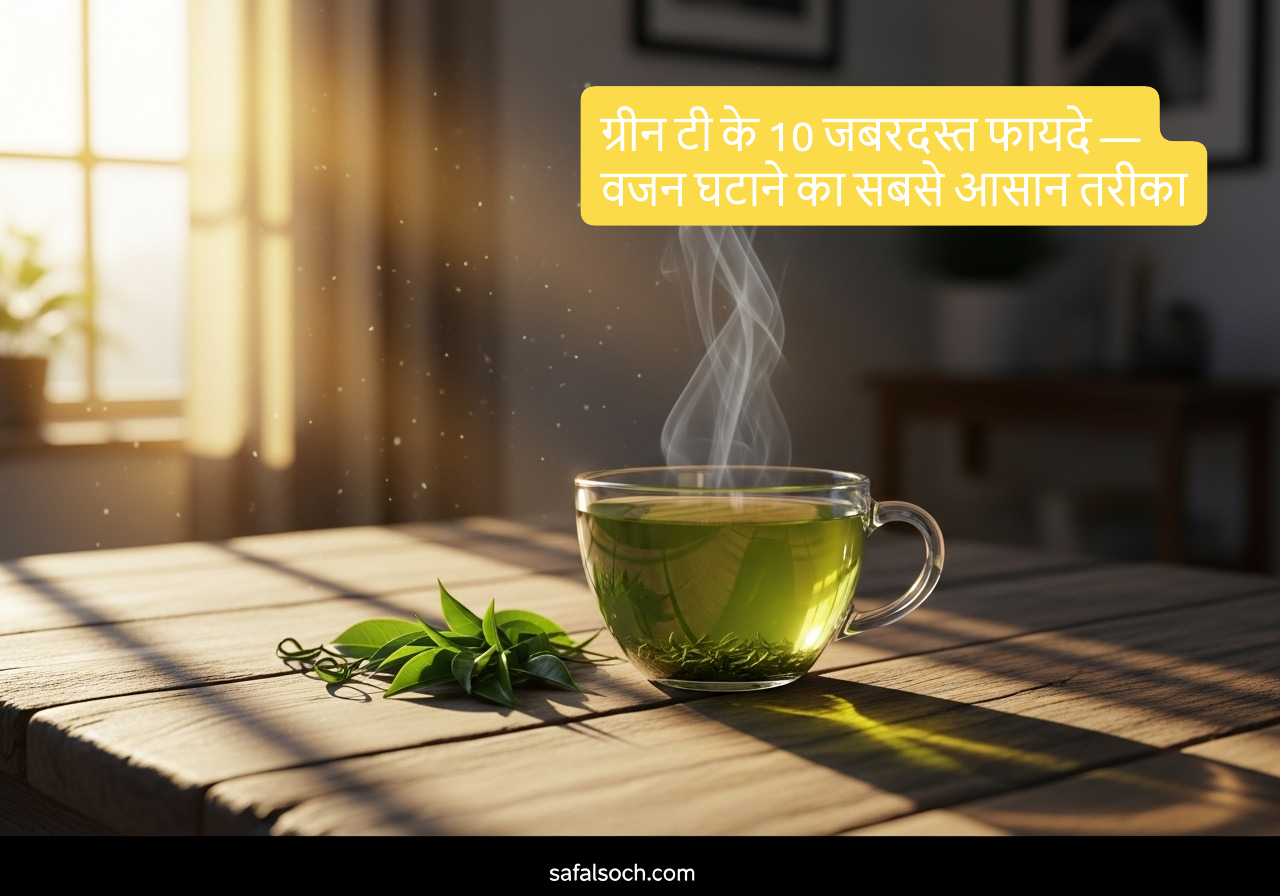
In a world full of tempting treats, junk food can be an easy go-to. But beneath the crispy, salty, or sweet allure lies a significant threat to your most vital organ: your heart. Making conscious choices to reduce junk food intake, combined with regular physical activity, is one of the most powerful ways to slash your risk of heart attack. Let’s explore how to make these vital changes and what to do in an emergency.
The Sneaky Threat: How Junk Food Sabotages Your Heart
Junk food isn’t just empty calories; it’s a direct assault on your cardiovascular system. Here’s how:
High in Unhealthy Fats :
Trans fats and saturated fats, common in processed snacks, fried foods, and pastries, elevate “bad” LDL cholesterol and lower “good” HDL cholesterol. This imbalance leads to plaque buildup in your arteries (atherosclerosis), a primary cause of heart attacks.
Excessive Sodium :
Many junk foods are loaded with salt, which contributes to high blood pressure (hypertension). Sustained high blood pressure forces your heart to work harder, damaging blood vessels over time and significantly increasing heart attack risk.
Added Sugars :
Sugary drinks and sweets can lead to inflammation, weight gain, and increased triglyceride levels, all detrimental to heart health. They can also contribute to insulin resistance and type 2 diabetes, a major heart disease risk factor .
Lack of Nutrients :
Junk food displaces nutrient-dense whole foods that provide essential vitamins, minerals, and fiber – elements critical for a healthy heart.
Ditching the Junk: Practical Steps for a Heart-Smart Diet
Breaking up with junk food isn’t about deprivation; it’s about smart substitutions and mindful eating
Stock Your Kitchen Wisely :
Fill your pantry and fridge with healthy alternatives. If it’s not in the house, you can’t eat it!
Healthy Snacks :
Keep fruits, vegetables (carrots, bell peppers), nuts, seeds, yogurt, and whole-grain crackers readily available.
Meal Prep :
Cook healthy meals in advance to avoid last-minute, unhealthy takeout choices.
Hydrate with Water :
Often, thirst is mistaken for hunger. Drink a glass of water before reaching for a snack.
Read Labels :
Become a detective! Look for hidden sugars, high sodium, and unhealthy fats. Choose foods with shorter ingredient lists.
Mindful Eating :
Pay attention to your body’s hunger and fullness cues. Eat slowly, savoring your food. This can help you recognize when you’re truly satisfied.

Find Healthy Swaps :
Craving chips? Try air-popped popcorn, baked vegetable chips, or roasted chickpeas.
Sweet tooth? Opt for fresh fruit, a small piece of dark chocolate, or a fruit smoothie.
Soda habit? Switch to sparkling water with lemon or infused water.
- EPFO Plans to Make Provident Fund Withdrawals Faster and More AccessibleEPFO plans to allow employees to withdraw up to 75% of their EPF through ATM and UPI by 2026. Know eligibility, benefits, and latest EPF updates.



